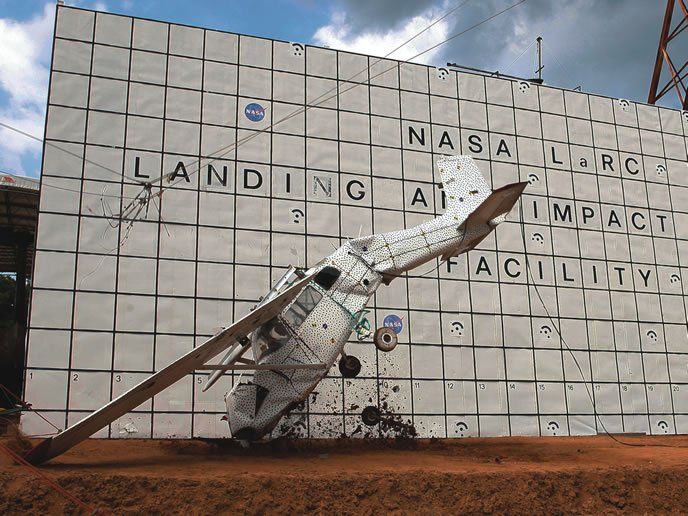If there is any one thing guaranteed to frustrate an airplane owner—there actually are several, but work with us here—it’s the emergency locator transmitter, or ELT. The ELT, which was mandated by Congress in the early 1970s, got off to a bad start. Relatively short deadlines meant there weren’t enough of the devices available to meet the mandated demand. And they failed to activate in a crash more than 75 percent of the time. When they did activate, a whopping 97 percent were false alarms, according to the Aircraft Owners and Pilots Association (AOPA), resulting from something like a hard landing.
The improved standards of TSO-C91a, which replaced the earlier TSO-C91 and went into effect in 1985, resolved many of these problems. The latest ELT standard is TSO-C126b, and compliant devices activate 81-83 percent of the time, according to AOPA. An ELT manufactured under TSO-C126b is one of the so-called 406 MHz ELTs. But what about the next-generation ELT? Will it work even better? And what can we learn from all the experience we have with ELTs? Those are questions NASA is trying to answer, in part by crashing Cessna 172s in a test facility.

The Next-Generation ELT?
There are a lot of reasons an ELT can fail, of course. If the airplane comes to rest inverted, the antenna can break off or simply be blocked. The device’s mounting scheme can prove defective in the accident sequence. And nothing lasts forever; some ELTs just plain get old and fail when needed as a result of years of thermal cycles and hours and hours of vibration.
The ongoing NASA ELT tests are being conducted in both the lab and at the agency’s Landing and Impact Research Facility (LIDF), housed at the Langley Research Center in Hampton, Va. It’s the same facility we highlighted in a September 2013 article, “The Art Of Crashing.”
To learn more about the testing, we spoke to two of the people involved with it. Tony Foster is SAR Deputy Mission Manager at NASA’s Goddard Space Flight Center in Maryland. Chad Stimson is Emergency Locator Transmitter Survivability and Reliability (ELTSAR) project manager at Langley.
“The ELT has to work in the extreme circumstances involved in an airplane crash,” Stimson said in a recent press release. “Therefore we are investigating ways to improve the specifications in several areas, including vibration, fire survivability, automatic activation, crash safety and system installation.” Foster added that NASA is looking at installed ELT systems “in a realistic crash environment.”
The ELT system, of course, involves the device itself, how it’s mounted, its antenna and how the two are cabled, plus its survivability over time, in the crash and in a potential post-crash fire. The agency’s research began by looking at NTSB crash reports—was an ELT installed and did it activate?—then progressed to the lab, where characteristics like vibration, fire, structural integrity of the installation and optimal crash sensing were explored.
Crashing a Perfectly Good Airplane
Earlier this summer, NASA’s testing moved to the LIDF. The agency acquired three early-model Cessna 172s and outfitted them with sensors and cameras, then dropped them from LIDF’s test rig, which initially was designed to test lunar lander designs for the Apollo program. The first test dropped a 172 onto concrete from 80 feet, simulating a crash landing on a runway. The second test was from 102 feet onto packed dirt, as might be encountered in a CFIT accident. The third test, which will take place about the time this issue is in your mailbox, will involve a to-be-determined height and also be on soil.
Ultimately, NASA’s efforts may result in a new or revised TSO, but that likely won’t happen for 10 years or so. The agency plans to conclude its formal testing later this year, and then the RTCA—a standards-setting organization—gets involved. Ultimately, RTCA may recommend a new TSO to the FAA, which will take time to develop.
Do NASA’s researchers know how the testing will turn out? No. As Foster told us, “We went in without any significant expectations and tried to focus on the real-world crash environment.” More than 40 years on, and someone is finally getting around to conducting real-world testing on ELTs.




